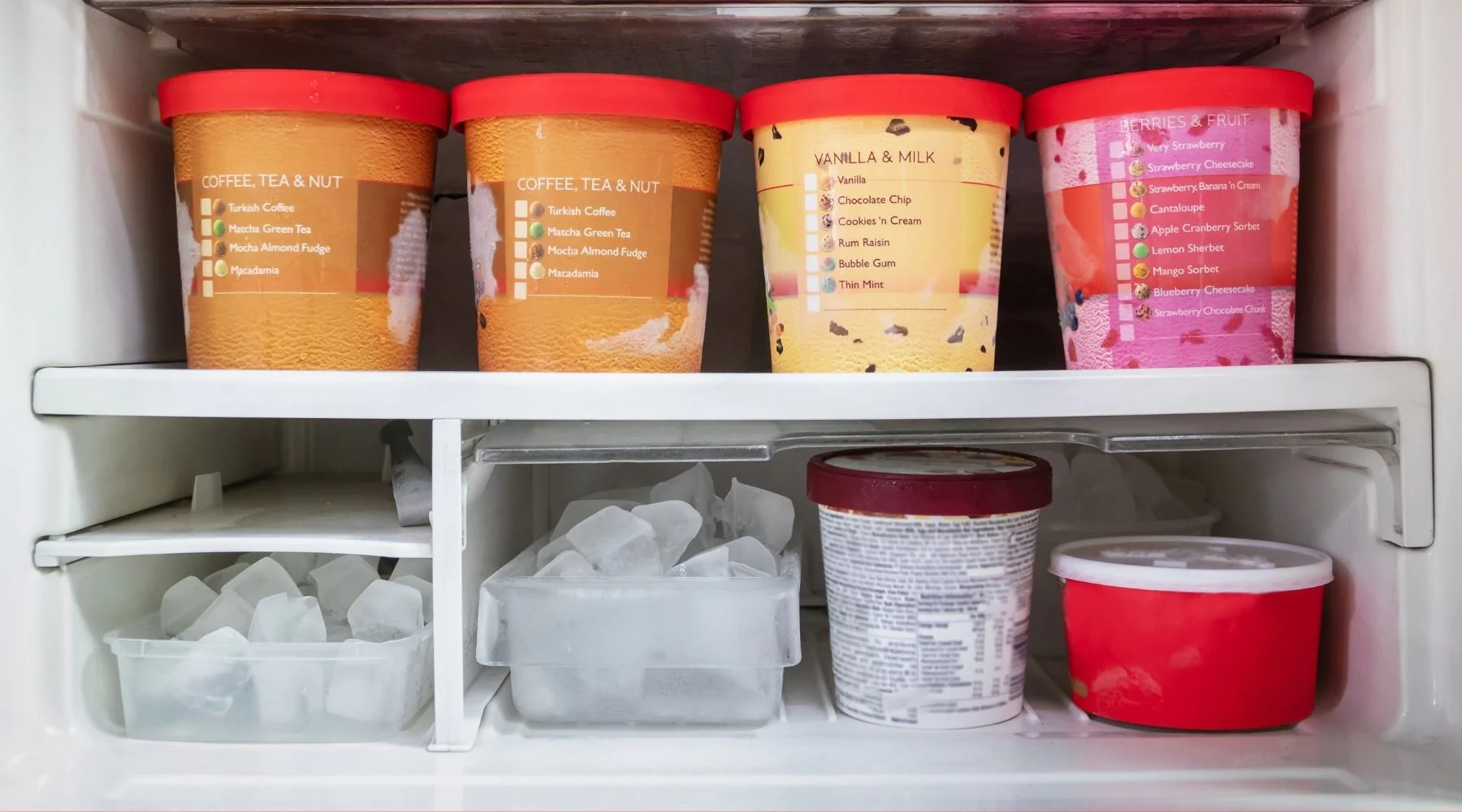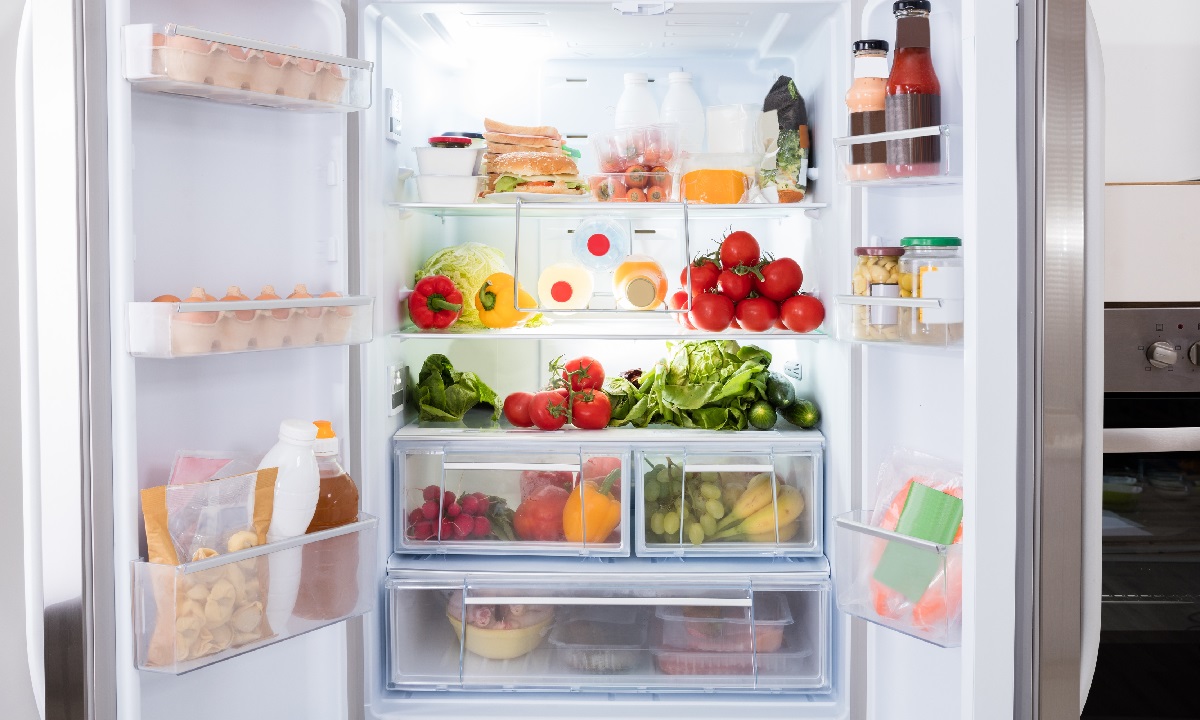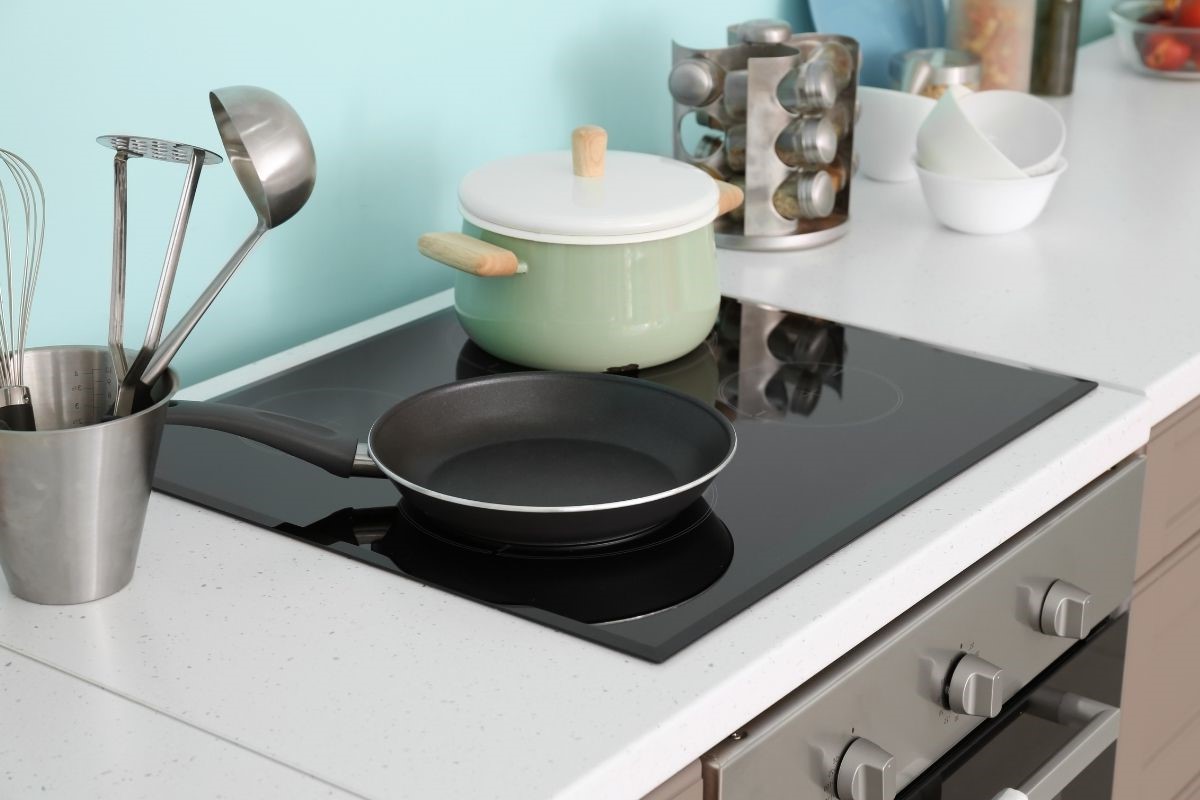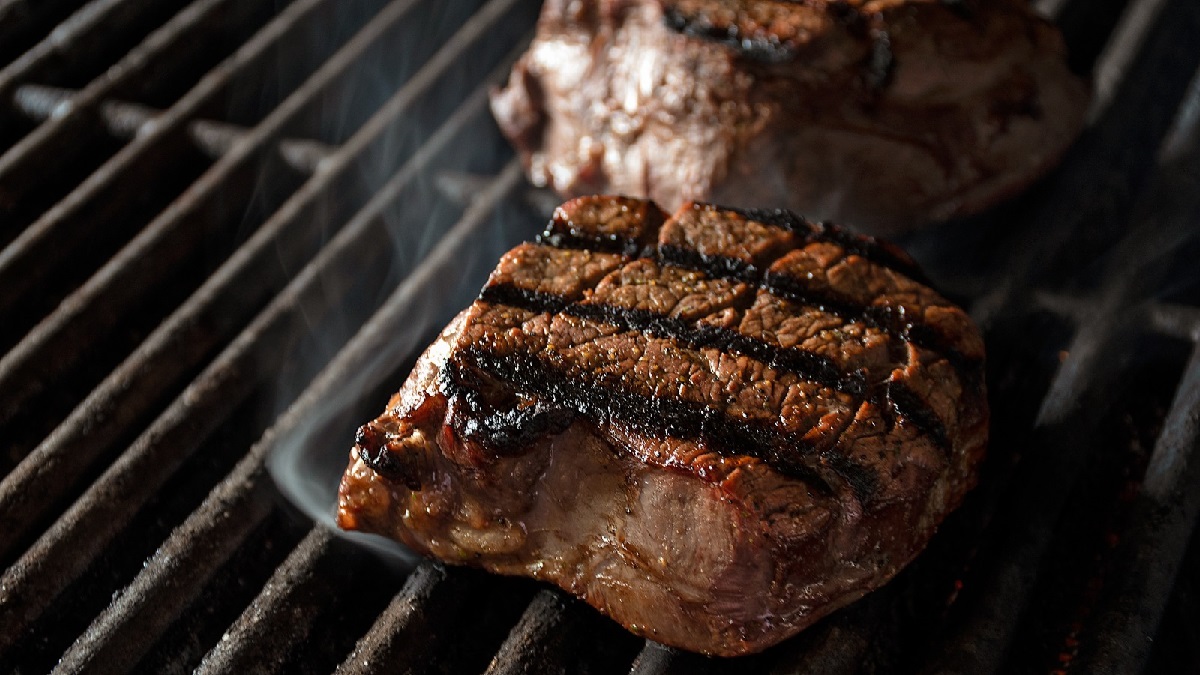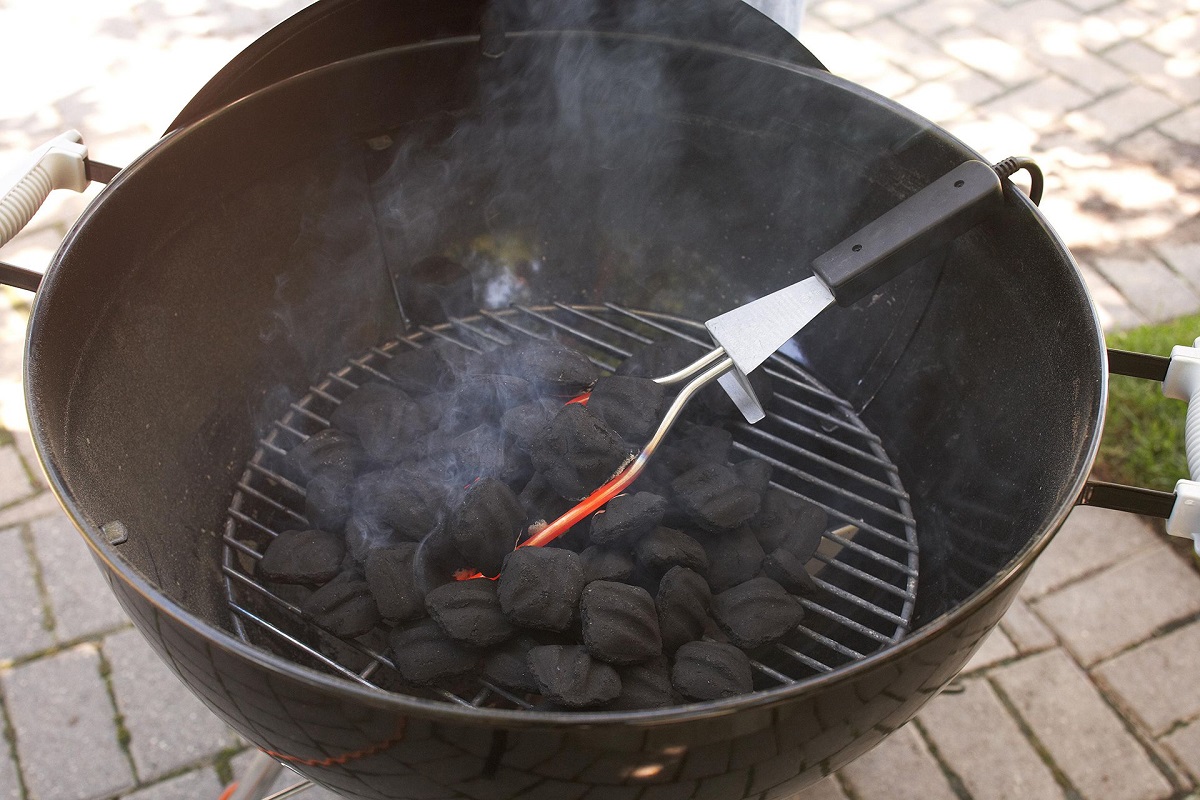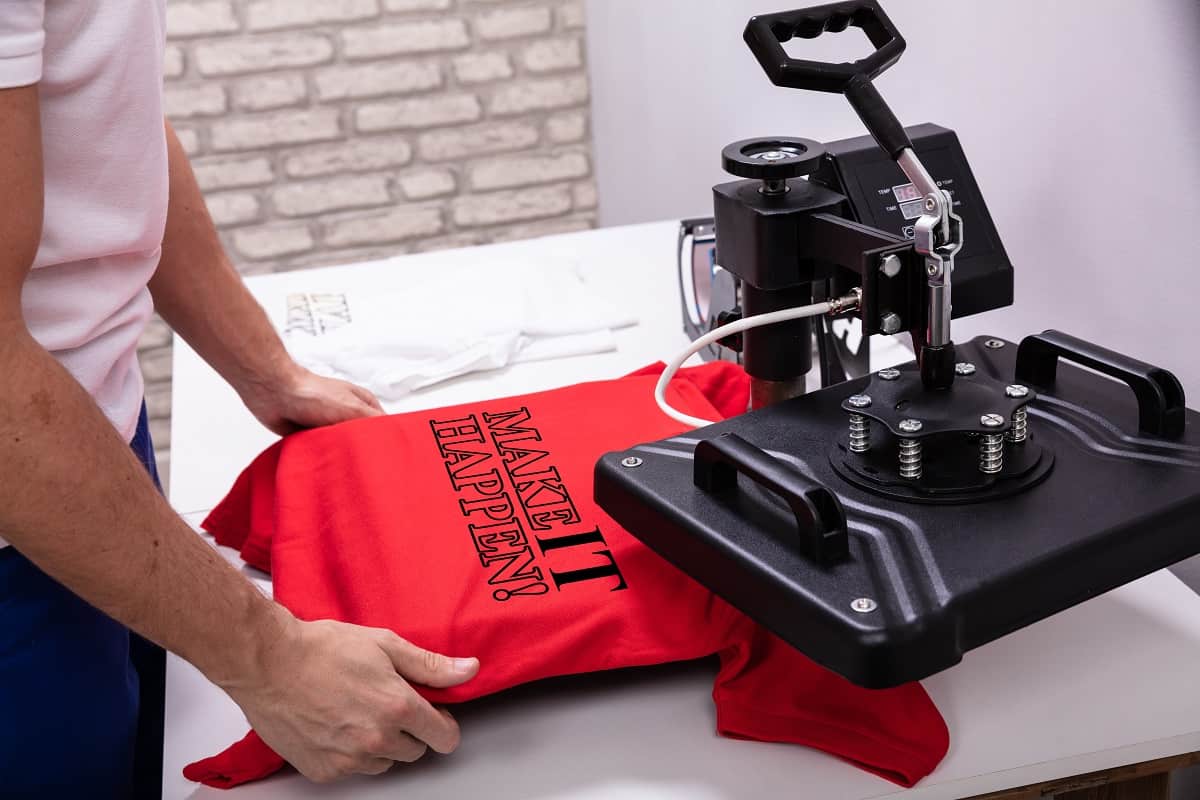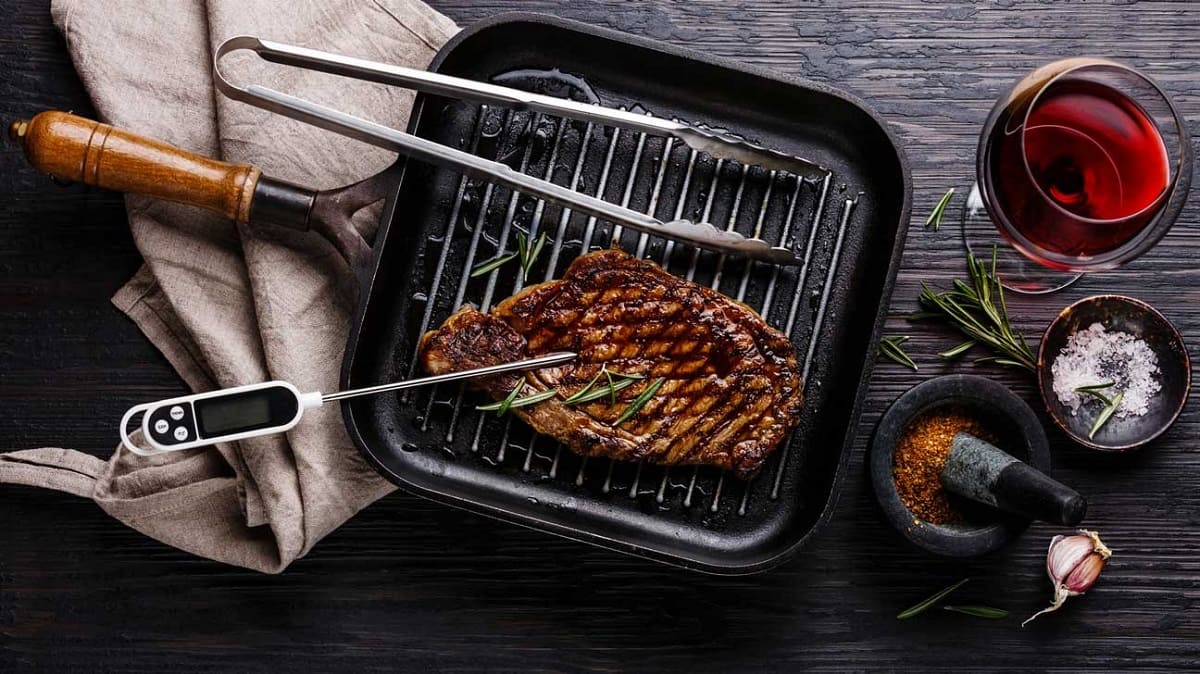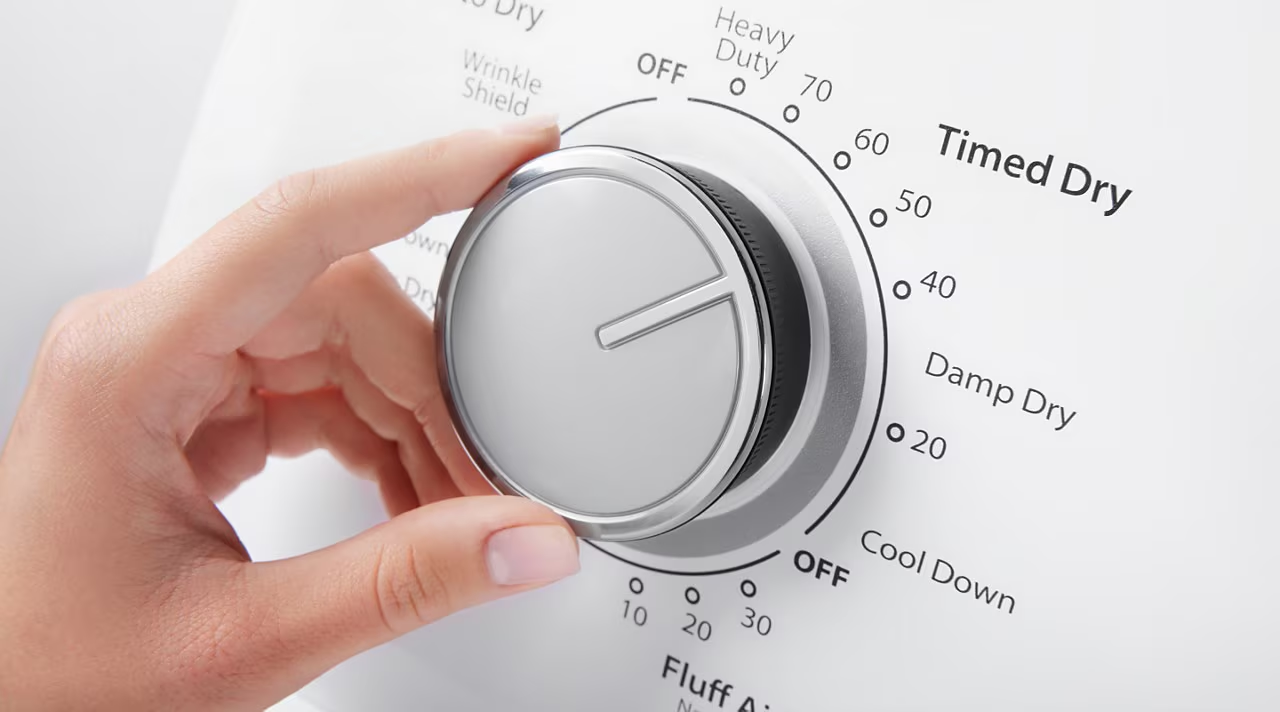Home>Home, Lifestyle & DIY>Optimal Freezer Temperature: How To Set And Maintain The Perfect Temperature For Your Freezer
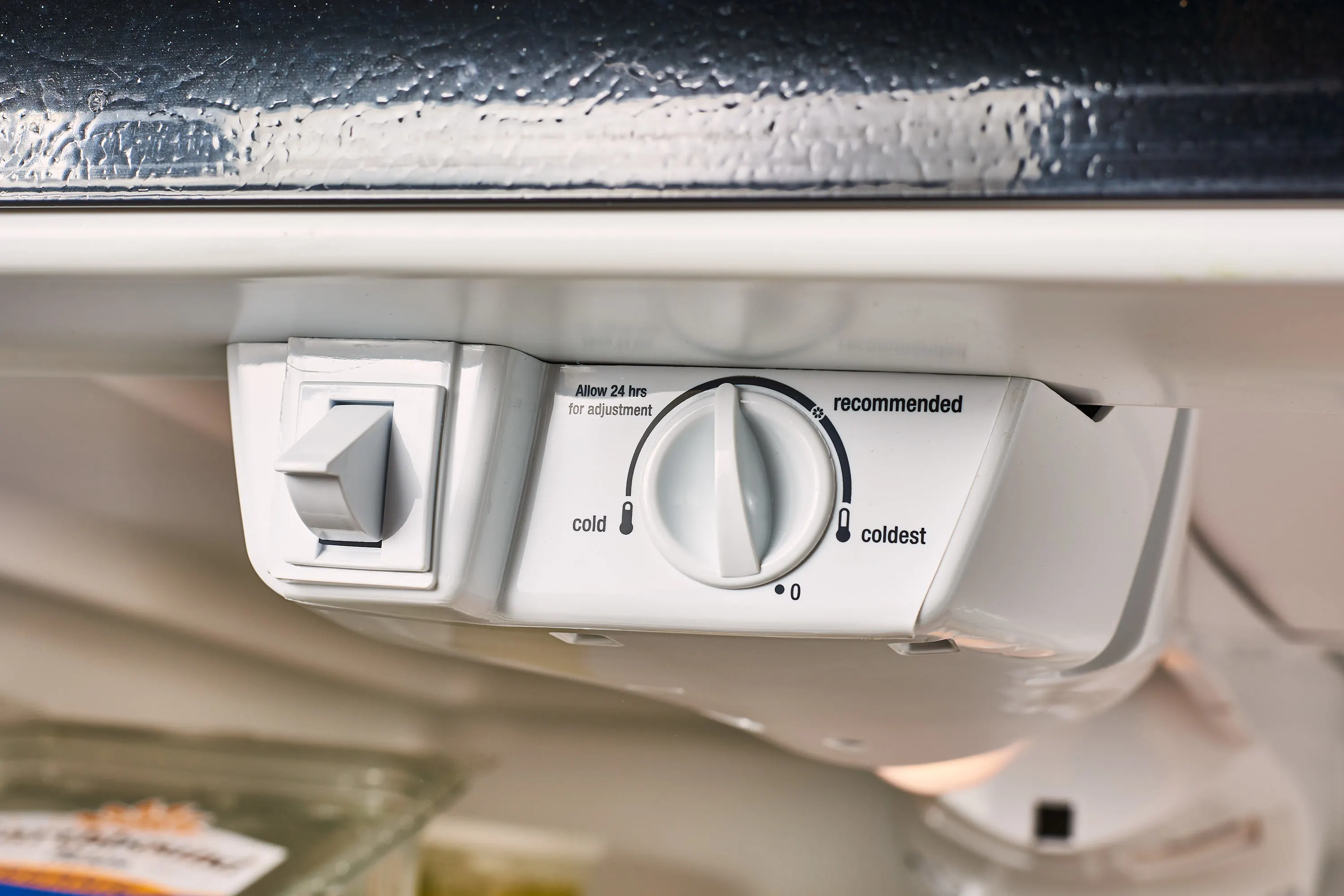

Home, Lifestyle & DIY
Optimal Freezer Temperature: How To Set And Maintain The Perfect Temperature For Your Freezer
Published: February 22, 2024
Learn how to set and maintain the perfect temperature for your freezer at home with our expert tips. Keep your frozen goods in optimal condition for longer. Ideal for home, lifestyle, and DIY enthusiasts.
(Many of the links in this article redirect to a specific reviewed product. Your purchase of these products through affiliate links helps to generate commission for Temperatures.com, at no extra cost. Learn more)
Table of Contents
Importance of Maintaining the Right Freezer Temperature
Maintaining the correct temperature in your freezer is crucial for preserving the quality and safety of your frozen foods. The optimal freezer temperature is 0°F (-18°C), as recommended by the U.S. Food and Drug Administration (FDA). This temperature ensures that bacteria and other pathogens are unable to grow, effectively preserving the freshness, texture, and flavor of your frozen items.
Food Safety
Setting the freezer temperature to the recommended level helps prevent foodborne illnesses by inhibiting the growth of bacteria. When food is stored at 0°F (-18°C) or below, the cold temperature halts the growth of microorganisms, ensuring that your frozen foods remain safe for consumption.
Food Quality
Maintaining the right freezer temperature also plays a significant role in preserving the quality of your frozen foods. When stored at the optimal temperature, frozen items retain their nutritional value, texture, and flavor for a longer period. This is particularly important for perishable items such as meats, seafood, and dairy products, which can deteriorate quickly if exposed to higher temperatures.
Energy Efficiency
In addition to food safety and quality, setting the freezer to the correct temperature promotes energy efficiency. When the freezer operates at the recommended temperature, it consumes less energy, leading to lower utility bills and reduced environmental impact. By ensuring that the appliance functions optimally, you not only safeguard your frozen foods but also contribute to energy conservation.
Cost Savings
Maintaining the right freezer temperature can also result in cost savings. By preserving the quality of your frozen foods, you can minimize food waste and avoid the need to discard items that have deteriorated due to improper storage conditions. This can lead to significant savings over time, as you make the most of your grocery purchases and reduce the frequency of shopping trips.
In essence, maintaining the correct freezer temperature is essential for ensuring food safety, preserving food quality, promoting energy efficiency, and realizing cost savings. By adhering to the recommended temperature guidelines and regularly monitoring the freezer's internal temperature, you can effectively safeguard your frozen foods and enjoy their optimal quality and safety.
Setting the Optimal Freezer Temperature
Setting the optimal temperature for your freezer is a fundamental step in ensuring the longevity and quality of your frozen foods. The recommended freezer temperature, as advised by the U.S. Food and Drug Administration (FDA), is 0°F (-18°C). This temperature is widely recognized as the ideal setting for preserving the safety and quality of frozen items.
To set the freezer temperature, locate the temperature control dial or digital display within the appliance. Depending on the model, the control may be situated inside the freezer compartment or on the exterior panel. Adjust the setting to 0°F (-18°C) to achieve the optimal temperature. Some freezers feature a digital display that allows for precise temperature selection, while others may have a dial with temperature indicators.
It's important to note that the temperature inside the freezer can fluctuate, especially when the door is frequently opened or when new items are added. Therefore, it's advisable to use a separate appliance thermometer to verify the internal temperature. Place the thermometer in the central area of the freezer, away from the walls and door, and allow it to stabilize for several hours. This will provide an accurate reading of the freezer's temperature, enabling you to make any necessary adjustments to align it with the recommended 0°F (-18°C) setting.
In addition to setting the freezer temperature, it's essential to consider the surrounding environment. Ensure that the freezer is placed in a location where it is not exposed to extreme temperatures or direct sunlight, as these factors can impact its ability to maintain the desired internal temperature. Proper ventilation around the appliance is also important for efficient operation.
By setting the freezer to the optimal temperature and regularly monitoring it with a reliable thermometer, you can uphold the safety and quality of your frozen foods. This simple yet crucial step forms the foundation for effective food preservation, allowing you to enjoy your frozen items with confidence, knowing that they have been stored under the best possible conditions.
Monitoring and Adjusting Freezer Temperature
Monitoring and adjusting the freezer temperature is an ongoing process that ensures the appliance consistently maintains the optimal conditions for preserving frozen foods. While setting the initial temperature is crucial, regular monitoring is equally important to address any fluctuations and make necessary adjustments.
To effectively monitor the freezer temperature, it's recommended to use a separate appliance thermometer. This thermometer should be specifically designed for use in freezers and capable of registering temperatures as low as 0°F (-18°C). Place the thermometer in the central area of the freezer, away from the walls and door, and allow it to stabilize for several hours. This enables the thermometer to provide an accurate reading of the internal temperature, allowing you to assess whether it aligns with the recommended 0°F (-18°C) setting.
Frequent monitoring is essential, especially during periods of heavy usage or when the freezer door is opened frequently. These activities can lead to fluctuations in temperature, potentially compromising the safety and quality of the frozen foods. By regularly checking the thermometer, you can promptly identify any deviations from the optimal temperature and take corrective measures.
If the thermometer indicates that the freezer temperature has risen above 0°F (-18°C), it's important to investigate the possible causes. Common factors contributing to temperature fluctuations include a malfunctioning seal on the freezer door, overloading the freezer with warm items, or a faulty temperature control mechanism. Addressing these issues promptly can help restore the freezer to the recommended temperature range.
Adjusting the freezer temperature may be necessary if the monitoring reveals consistent deviations from the optimal setting. Refer to the appliance's manual for specific instructions on adjusting the temperature control settings. Some freezers feature digital controls that allow for precise adjustments, while others may have a dial with temperature indicators. Carefully follow the manufacturer's guidelines to make the necessary adjustments and verify the changes using the appliance thermometer.
In addition to manual adjustments, it's important to ensure that the freezer is not obstructed by ice buildup, as this can affect its ability to maintain the desired temperature. Regularly defrosting the freezer, as recommended by the manufacturer, can help prevent ice accumulation and promote efficient operation.
By diligently monitoring the freezer temperature and promptly addressing any deviations, you can uphold the optimal conditions for preserving frozen foods. This proactive approach safeguards the safety and quality of your frozen items, providing assurance that they remain in the best possible state for consumption.
Tips for Maintaining the Perfect Freezer Temperature
-
Organize the Freezer: Arrange frozen items strategically within the freezer to facilitate proper air circulation. This allows the cold air to circulate evenly, maintaining a consistent temperature throughout the appliance. Group similar items together and avoid overpacking the freezer, as overcrowding can obstruct airflow and lead to temperature fluctuations.
-
Regular Defrosting: Follow the manufacturer's guidelines for defrosting the freezer, as ice buildup can impede the appliance's ability to maintain the recommended temperature. Periodic defrosting prevents excessive ice accumulation, ensuring that the freezer operates efficiently and sustains the optimal temperature for preserving frozen foods.
-
Check the Door Seal: Inspect the seal around the freezer door for any signs of wear or damage. A compromised seal can allow warm air to enter the freezer, leading to temperature variations. Ensure that the seal is intact and free from debris, and promptly replace it if any issues are detected to maintain an airtight closure.
-
Avoid Temperature Fluctuations: Minimize the frequency of opening the freezer door unnecessarily, as this can cause temperature fluctuations. Plan ahead and retrieve all necessary items at once to reduce the duration of the door being open. Additionally, avoid placing hot or warm items directly into the freezer, as this can elevate the internal temperature.
-
Use a Quality Thermometer: Invest in a reliable appliance thermometer designed for use in freezers. Regularly check the internal temperature to ensure it aligns with the recommended 0°F (-18°C) setting. This allows you to promptly identify any deviations and take corrective measures to maintain the optimal freezer temperature.
-
Proper Ventilation: Ensure that the freezer is positioned in a well-ventilated area, away from heat sources and direct sunlight. Adequate airflow around the appliance promotes efficient operation and helps the freezer maintain the desired temperature consistently.
-
Routine Maintenance: Adhere to the manufacturer's maintenance recommendations, including cleaning the coils and ensuring that the freezer operates optimally. Regular maintenance tasks contribute to the appliance's efficiency, supporting its ability to sustain the ideal temperature for preserving frozen foods.
By implementing these tips, you can effectively maintain the perfect freezer temperature, safeguarding the safety and quality of your frozen foods. Consistently upholding the recommended temperature setting ensures that your frozen items remain in optimal condition, ready to be enjoyed whenever you need them.
Common Issues with Freezer Temperature and How to Fix Them
Freezers are essential appliances for preserving the freshness and quality of frozen foods. However, they can experience common issues that affect their ability to maintain the optimal temperature. Understanding these issues and knowing how to address them is crucial for ensuring that your frozen items remain safe and well-preserved.
Read more: Optimal Temperature Settings For A Crock Pot
1. Frost Buildup
Issue: Excessive frost buildup inside the freezer can impede its ability to maintain the recommended temperature. This can result from factors such as leaving the door open for extended periods, a faulty door seal, or a malfunctioning defrost system.
Fix: Regularly defrost the freezer according to the manufacturer's guidelines to prevent excessive ice accumulation. Additionally, inspect the door seal for any damage and replace it if necessary. If the defrost system is malfunctioning, seek professional assistance to repair or replace the faulty components.
2. Temperature Fluctuations
Issue: Fluctuating temperatures inside the freezer can compromise the safety and quality of frozen foods. Common causes of temperature fluctuations include a malfunctioning thermostat, overloading the freezer with warm items, or frequent door openings.
Fix: Check the thermostat to ensure it is functioning correctly and accurately maintaining the set temperature. Avoid overloading the freezer with warm items, and minimize unnecessary door openings to stabilize the internal temperature. If the thermostat is faulty, consider consulting a technician to recalibrate or replace it.
3. Inadequate Air Circulation
Issue: Poor air circulation within the freezer can lead to uneven temperature distribution, affecting the overall preservation of frozen foods. Overcrowding the freezer and improper placement of items can hinder airflow.
Fix: Organize the freezer to allow for proper air circulation, avoiding overpacking and ensuring that items are not blocking the vents. This promotes even distribution of cold air, helping the freezer maintain a consistent temperature throughout.
4. Faulty Door Seal
Issue: A compromised door seal can allow warm air to enter the freezer, leading to temperature fluctuations and increased energy consumption.
Fix: Inspect the door seal for any signs of wear or damage, and promptly replace it if necessary. A tight and intact seal is essential for maintaining the desired temperature and preserving the quality of frozen foods.
5. Malfunctioning Defrost System
Issue: A malfunctioning defrost system can result in excessive ice buildup, affecting the freezer's ability to maintain the optimal temperature.
Fix: If you notice irregularities in the defrost cycle or excessive frost accumulation, seek professional assistance to diagnose and repair any issues with the defrost system. Proper functioning of the defrost system is essential for sustaining the freezer's optimal temperature.
By addressing these common issues and implementing the necessary fixes, you can ensure that your freezer operates efficiently and maintains the recommended temperature for preserving your frozen foods. Regular maintenance and prompt attention to any irregularities contribute to the longevity and effectiveness of your freezer, allowing you to rely on it for safe and reliable food storage.
